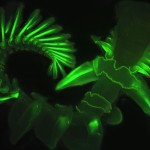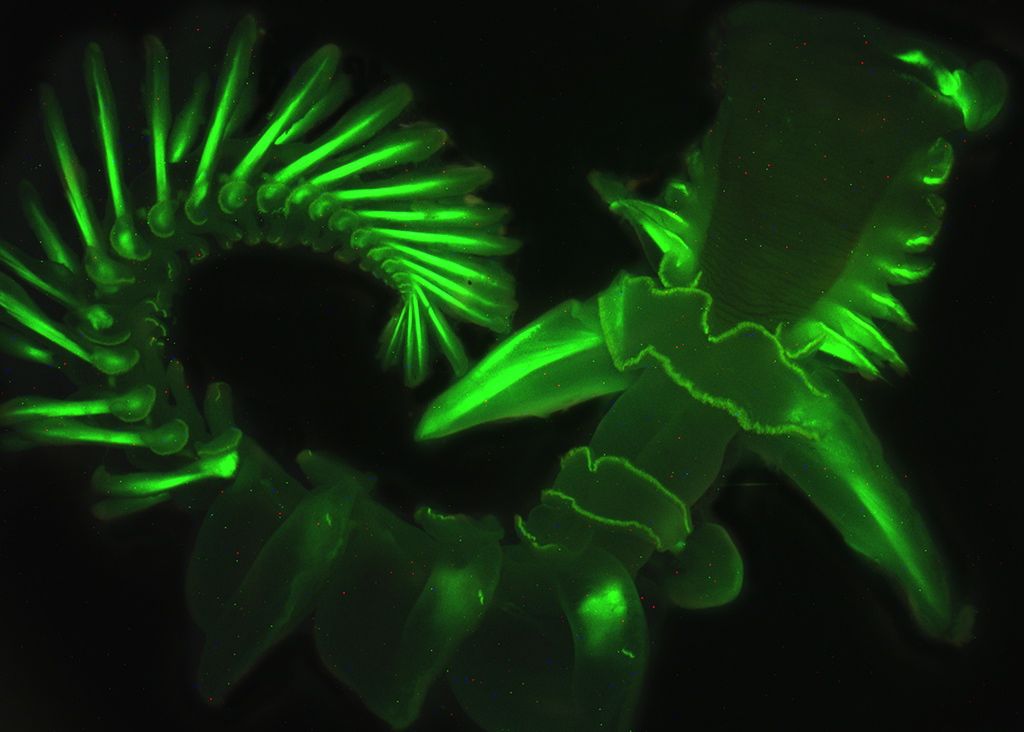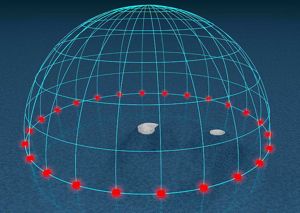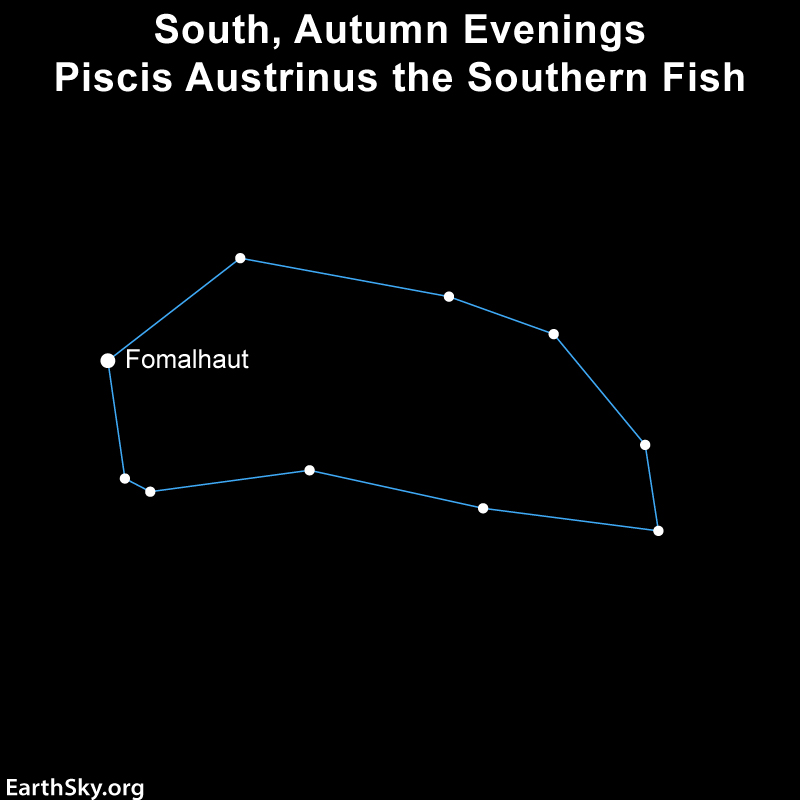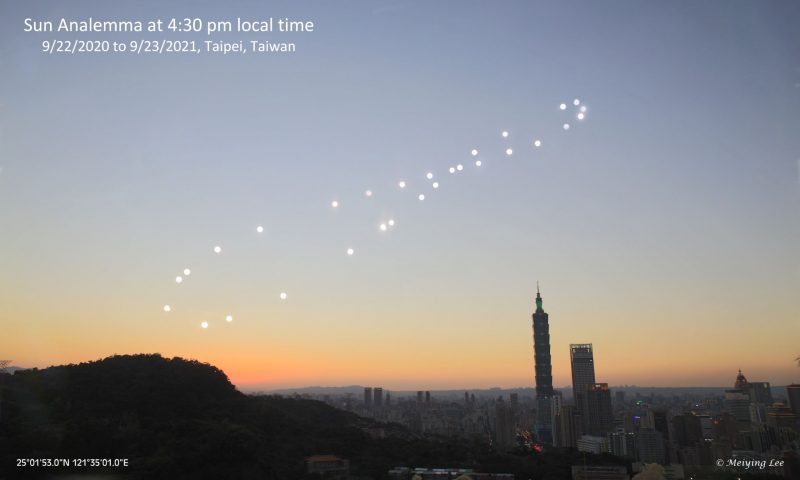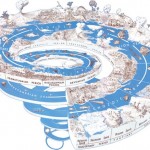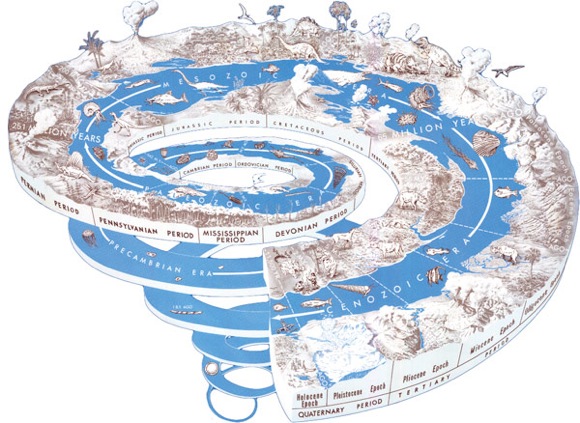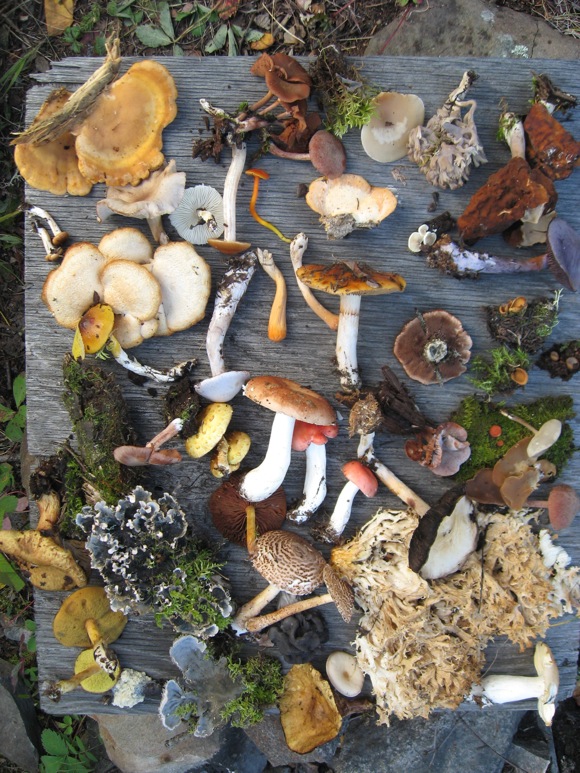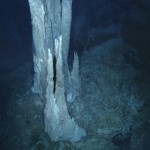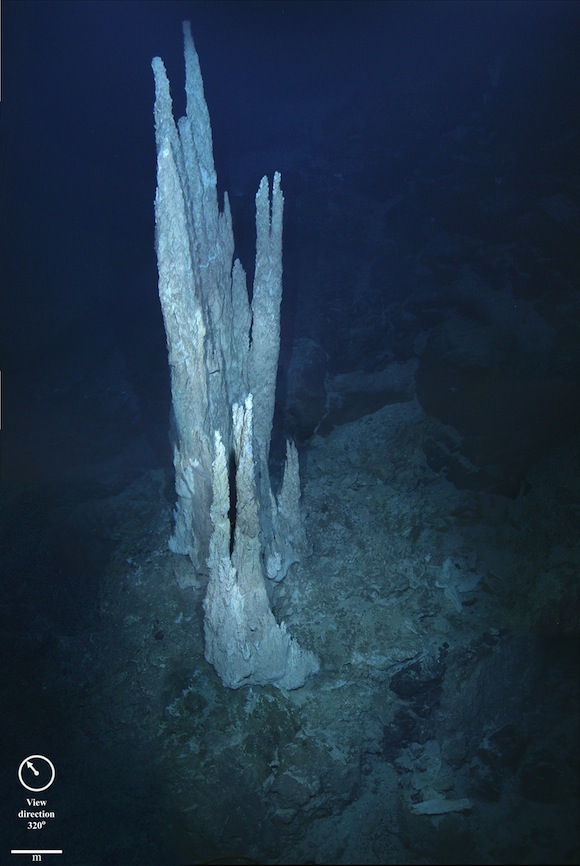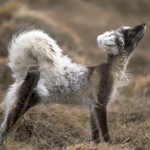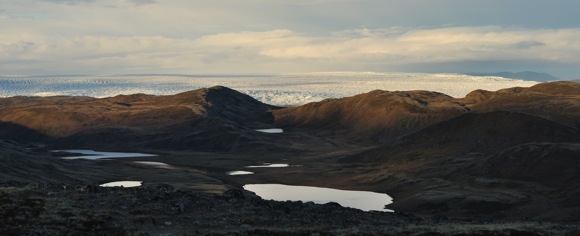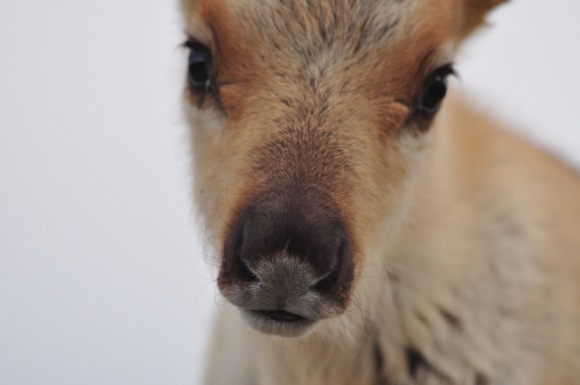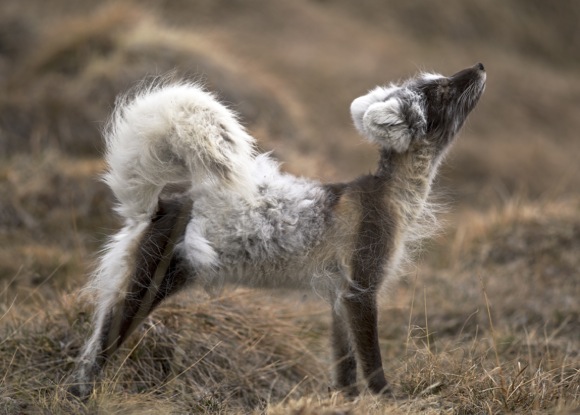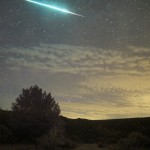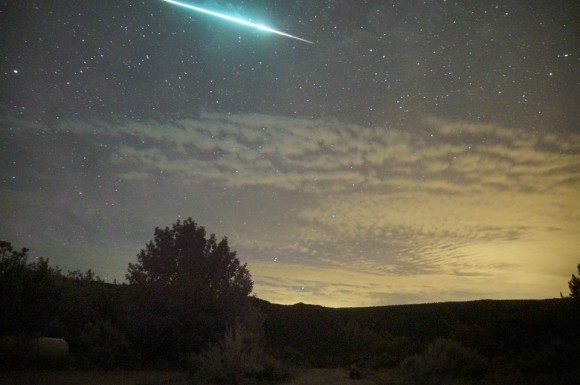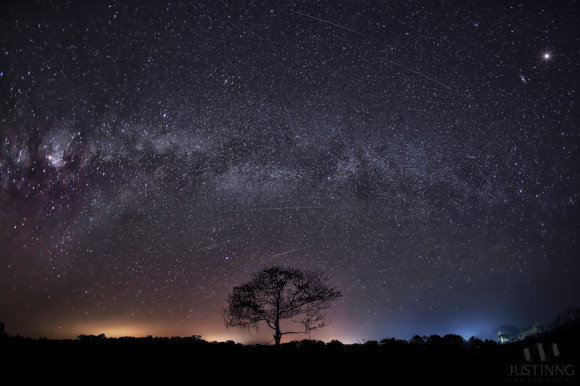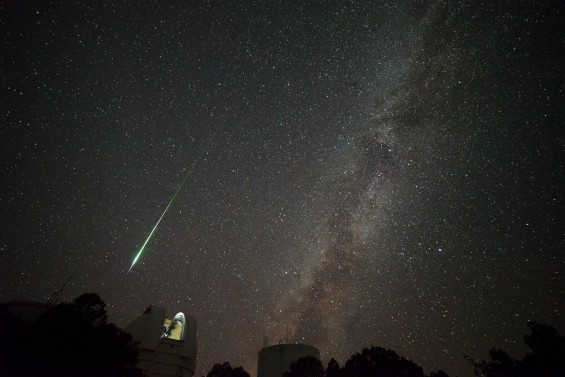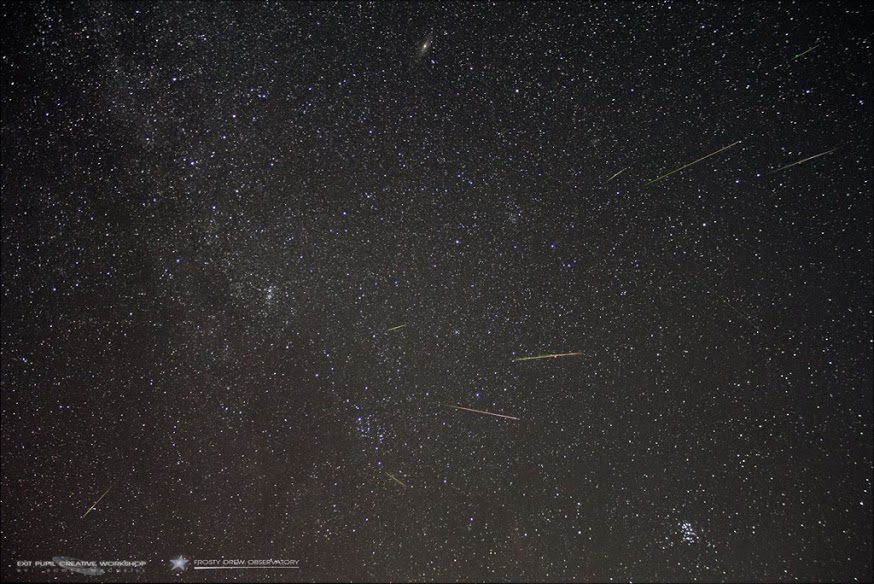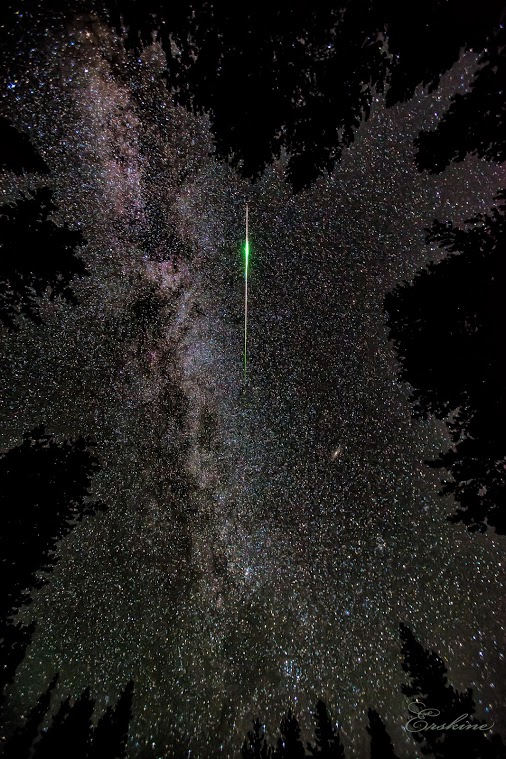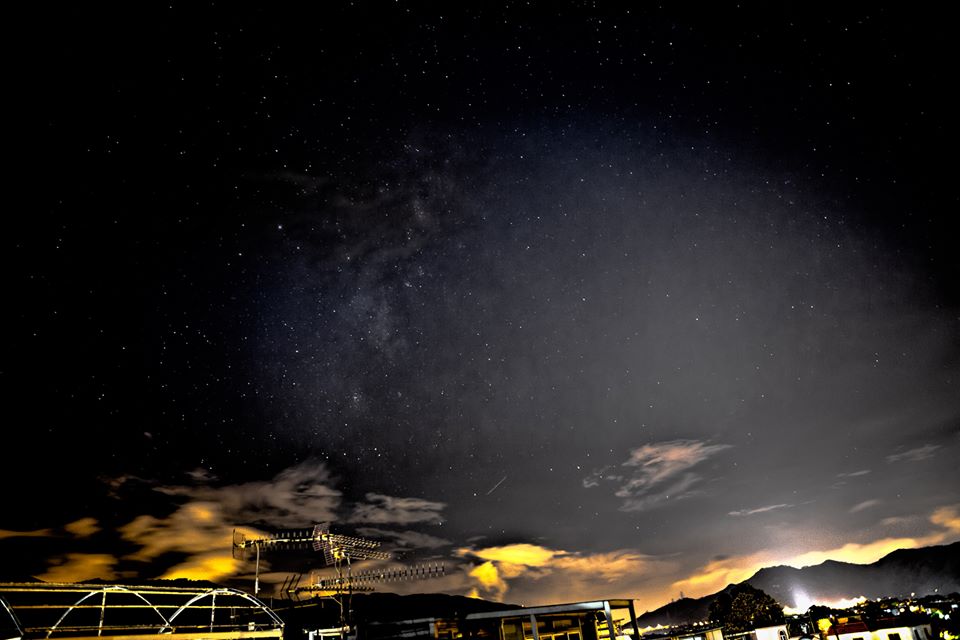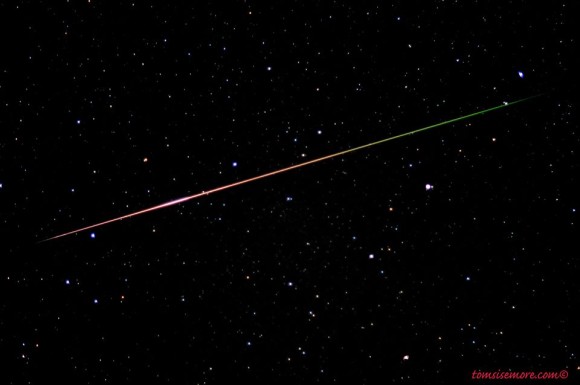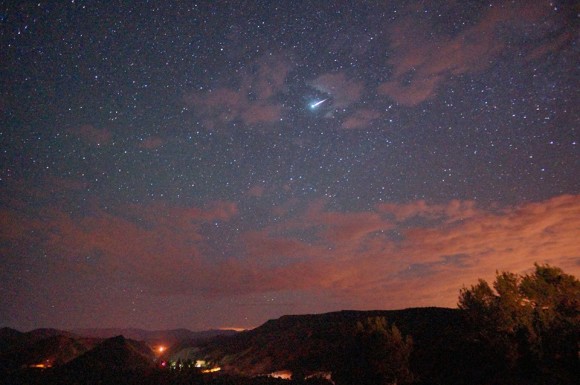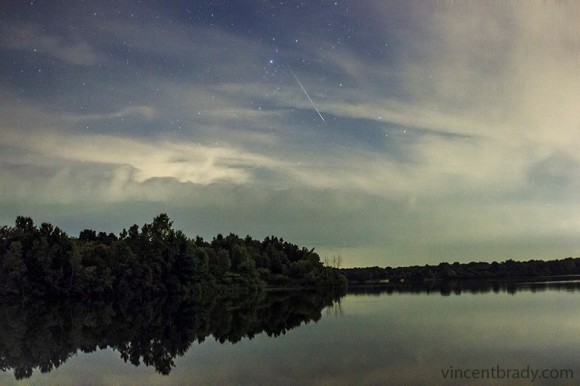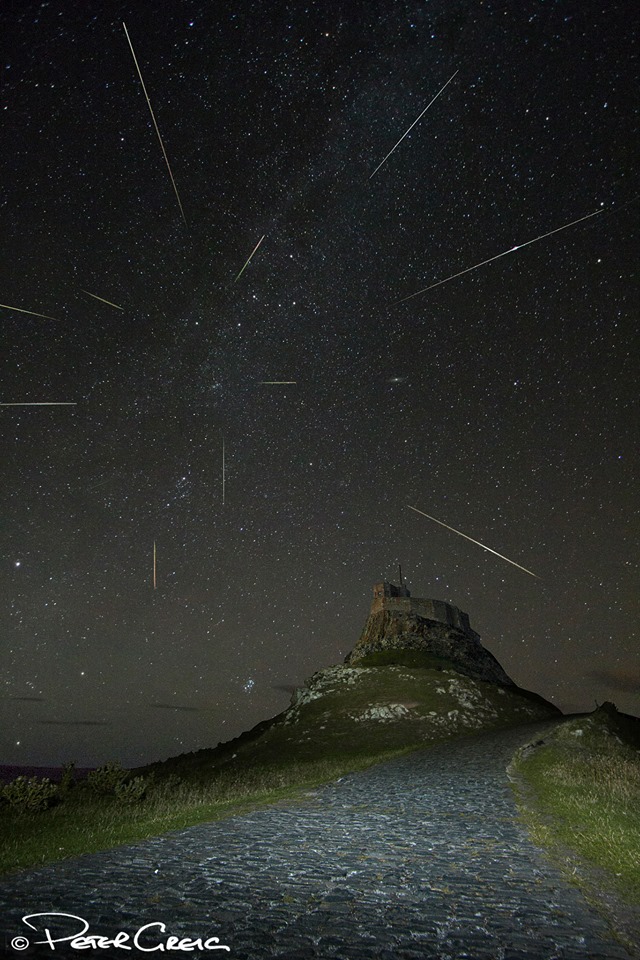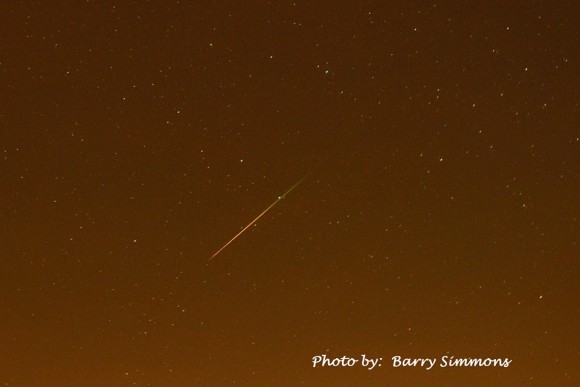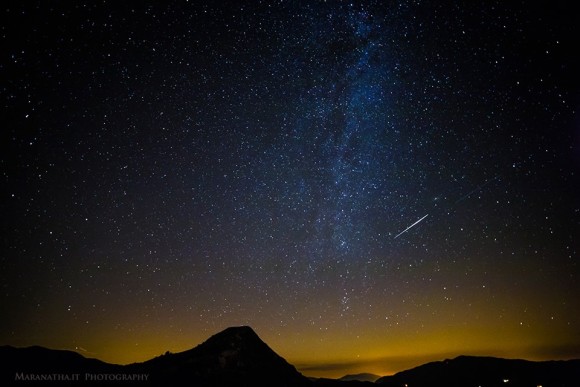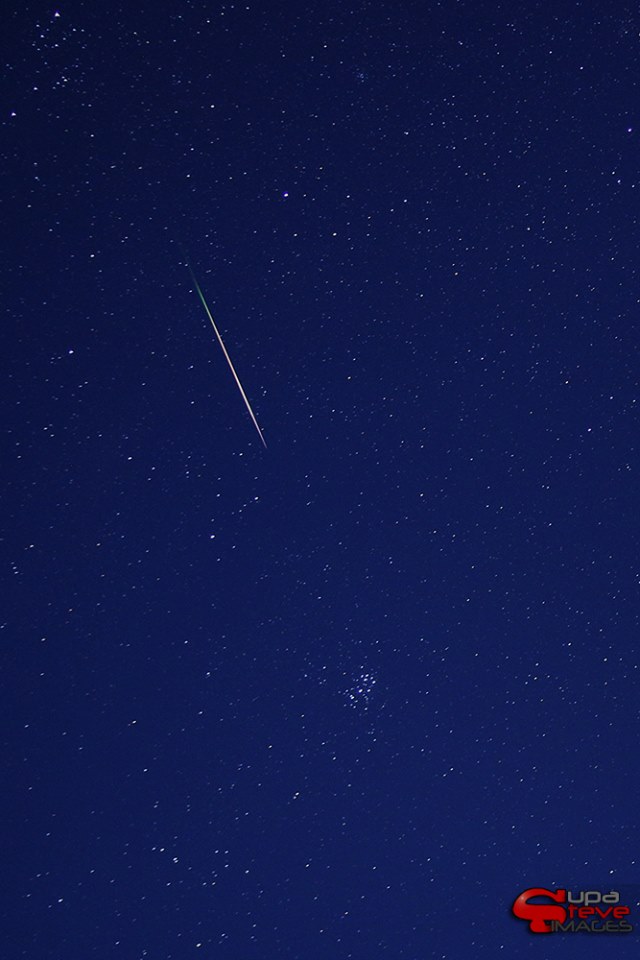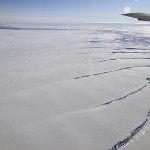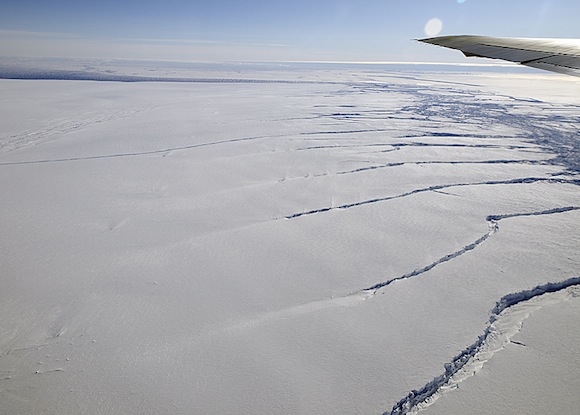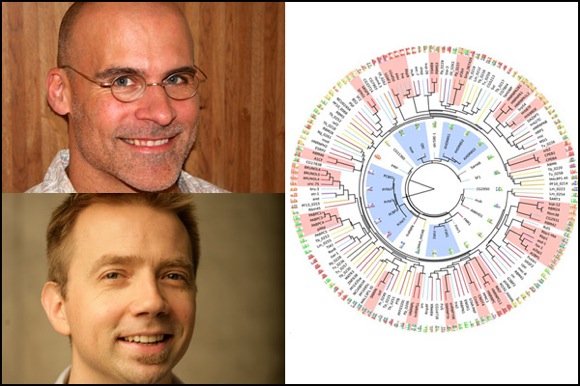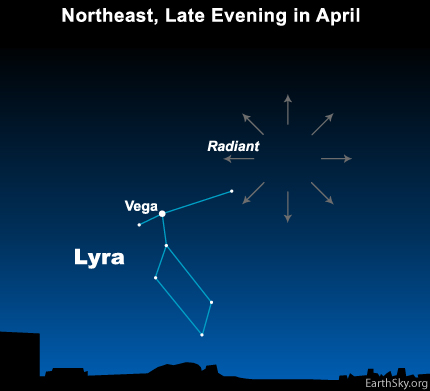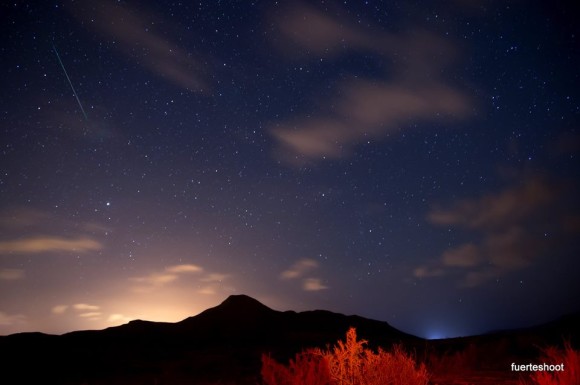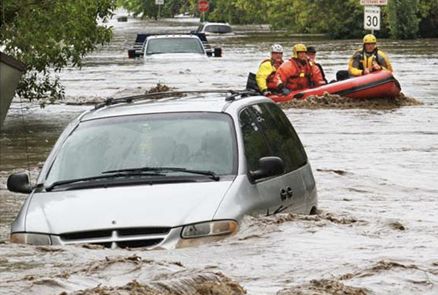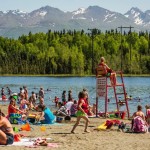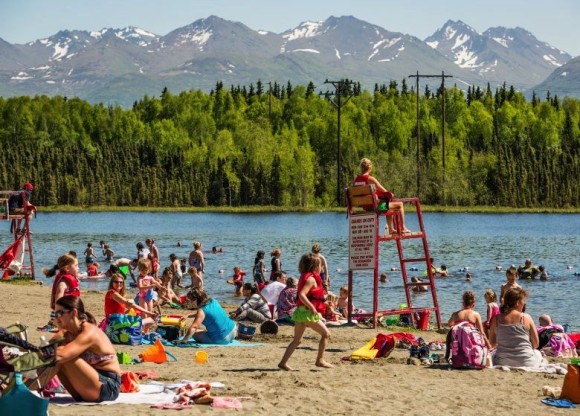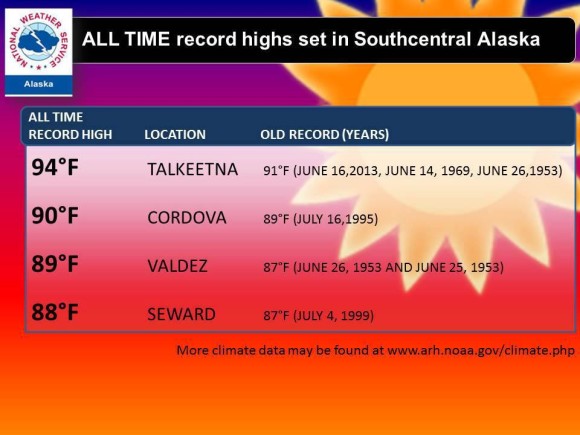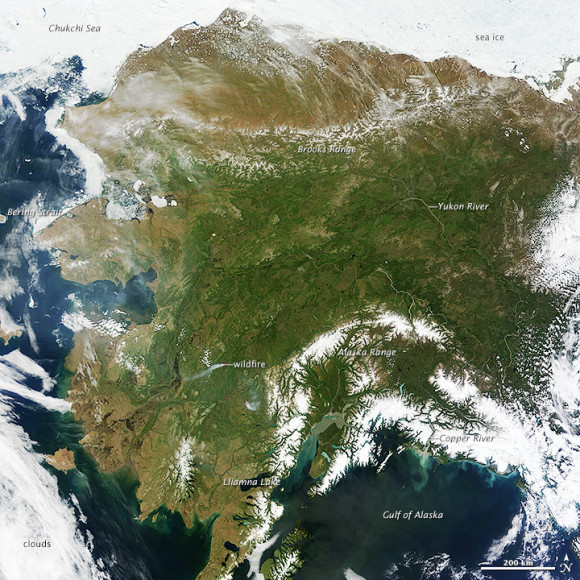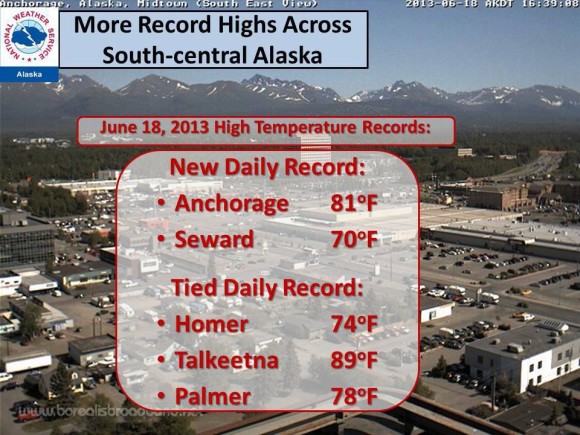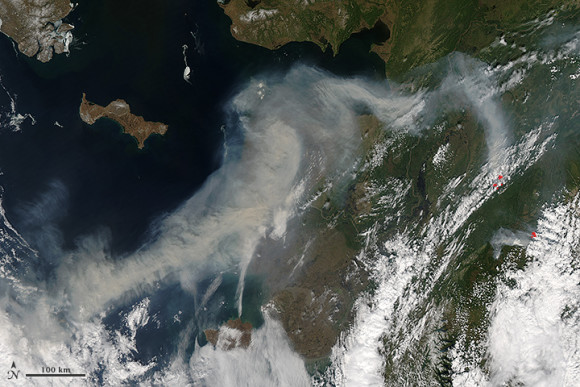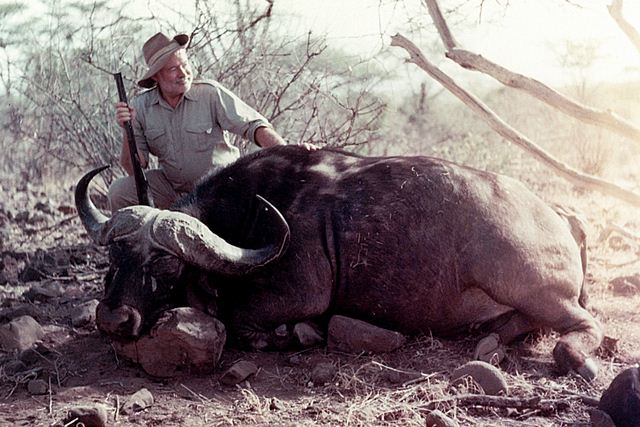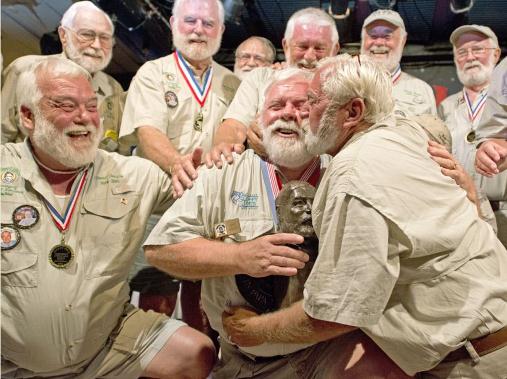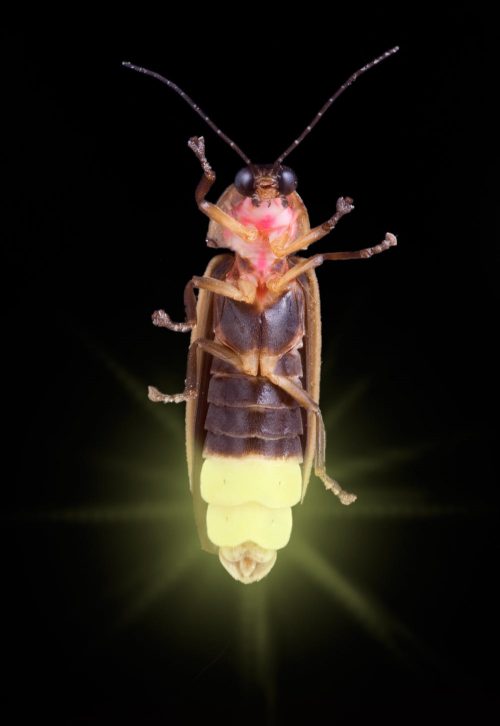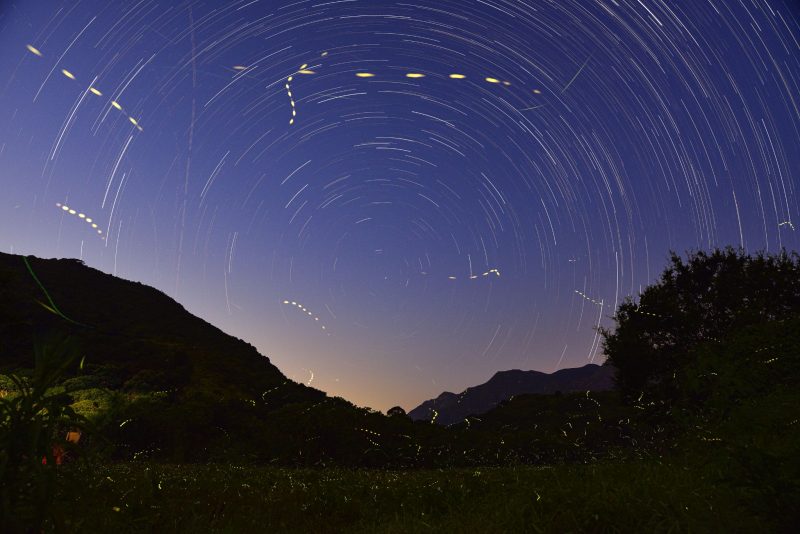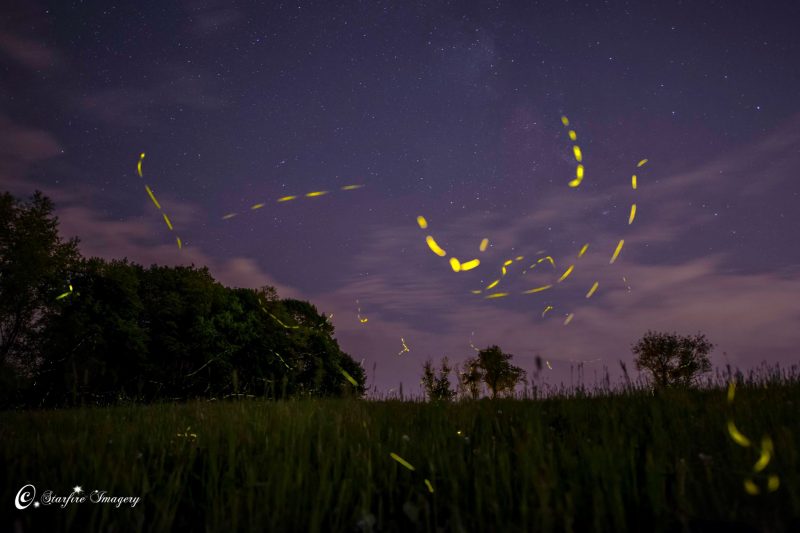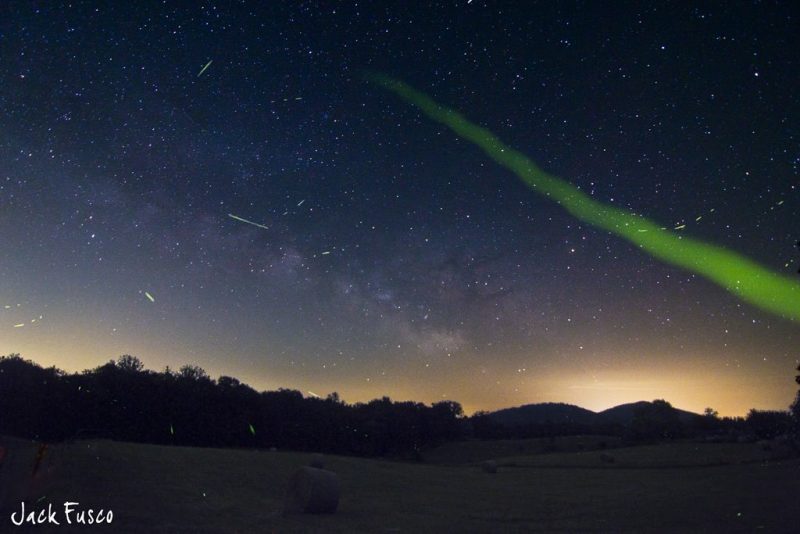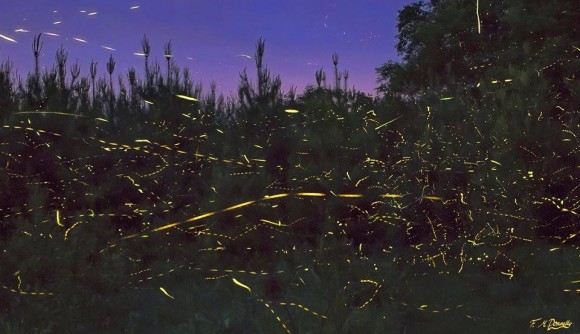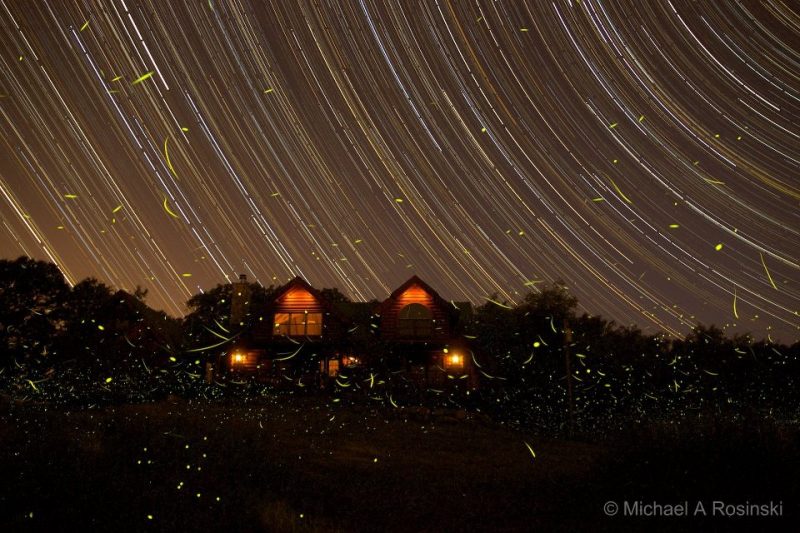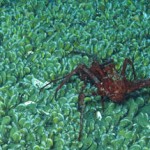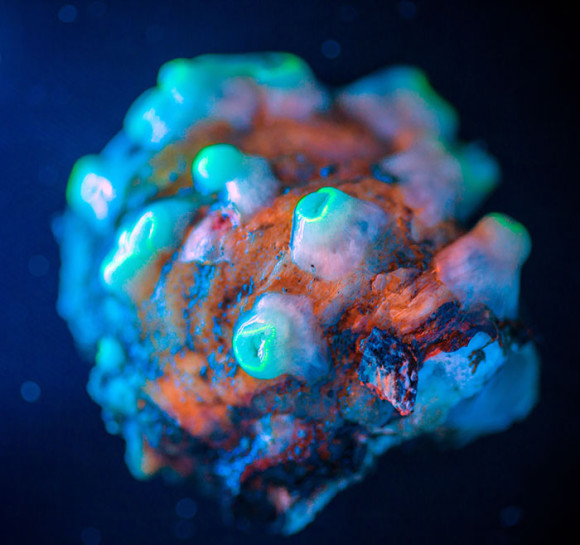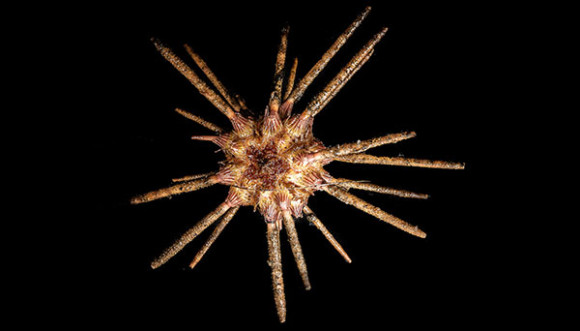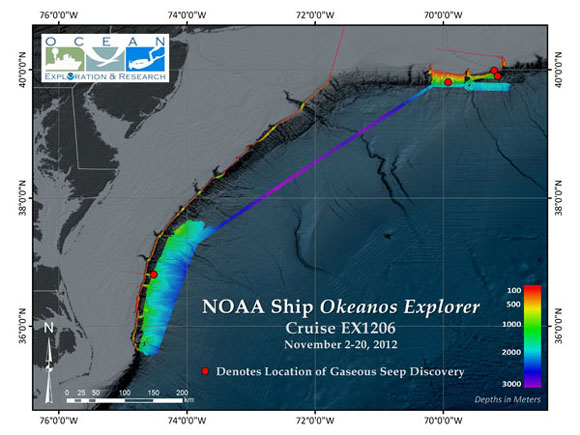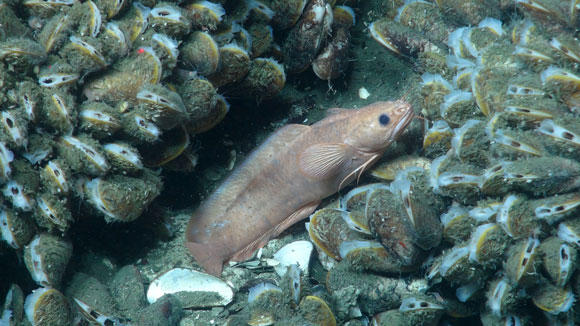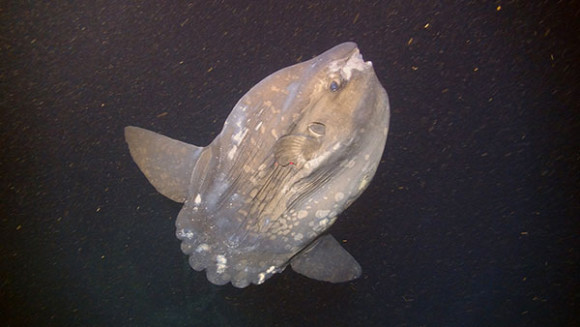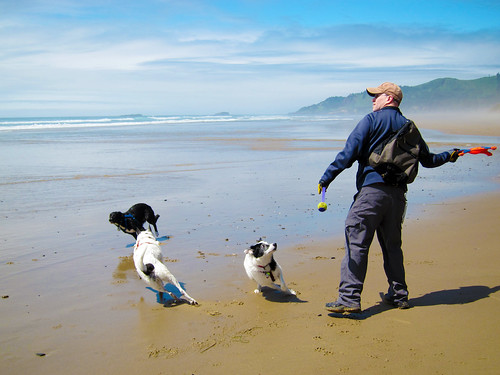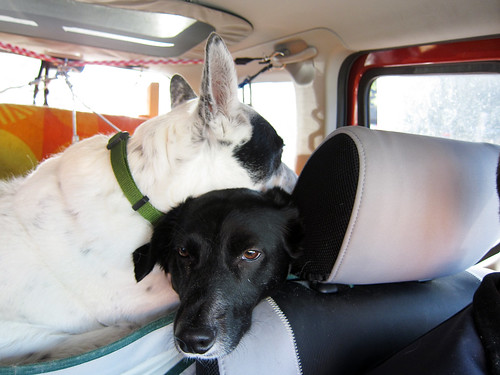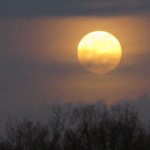
Full moon falls on June 23, 2013 at 11:32 UTC (6:32 a.m. CDT in the U.S.). Thus, for many, the moon appears about as full in the June 22 evening sky as it does on the evening of June 23. This full moon is not only the closest and largest full moon of the year. It also presents the moon’s closest encounter with Earth for all of 2013. The moon will not be so close again until August, 2014. In other words, it’s not just a supermoon. It’s the closest supermoon of 2013.
At United States’ time zones, the moon will turn full on June 23 at 7:32 a.m. EDT, 6:32 a.m. CDT, 5:32 a.m. MDT and 4:32 a.m. PDT.
We astronomers call this sort of close full moon a perigee full moon. The word perigee describes the moon’s closest point to Earth for a given month. Two years ago, when the closest and largest full moon fell on March 19, 2011, many used the term supermoon, which we’d never heard before. Last year, we heard this term again to describe the year’s closest full moon on May 6, 2012. Now the term supermoon is being used a lot. Last month’s full moon – May 24-25, 2013 – was also a supermoon. But the June full moon is even more super! In other words, the time of full moon falls even closer to the time of perigee, the moon’s closest point to Earth. The crest of the moon’s full phase in June 2013, and perigee, fall within an hour of each other.
What does supermoon mean exactly? And how special is the June 23, 2013 supermoon? Follow the links below to find out.
What is a supermoon?
How super is this supermoon?
How often is moon both full and closest to Earth?
Will the tides be higher than usual?
Your best photos: May 2013 supermoon
Does a supermoon have a super effect on us?
Big sun-diving Comet ISON might be spectacular in late 2013

View larger. | Astronomers say it’s tough to notice the difference in size between a supermoon and any other full moon. But photographs show it. Check out this size comparison from our friend Alec Jones in the UK.

The supermoon of March 19, 2011 (right), compared to an average moon of December 20, 2010 (left). Note the size difference. Image via Marco Langbroek, the Netherlands, via Wikimedia Commons.
What is a supermoon? The word supermoon didn’t come from astronomy. Instead, it came from astrology. Astrologer Richard Nolle of the website astropro.com takes credit for coining the term supermoon. In 1979, he defined it as:
…a new or full moon which occurs with the moon at or near (within 90% of) its closest approach to Earth in a given orbit (perigee). In short, Earth, moon and sun are all in a line, with moon in its nearest approach to Earth.
By this definition, according to Nolle:
There are 4-6 supermoons a year on average.
That doesn’t sound very special, does it? In fact, the June 2013 full moon lines up much more closely with perigee – the moon’s closest point to Earth – than Nolle’s original definition. According to Guy Ottewell’s Astronomical Calendar 2013, the 2013 June full moon falls only 22 minutes after the moon reaches perigee, the moon’s closest point to Earth for this month and year. At perigee, the moon lies only 356,991 kilometers (221,824 miles) away. Two weeks later, on July 7, the moon will swing out to apogee – its farthest point for the month and year – at 406,490 kilometers (252,581 miles) distant.
Day and night sides of Earth at instant of June 22-23 full moon
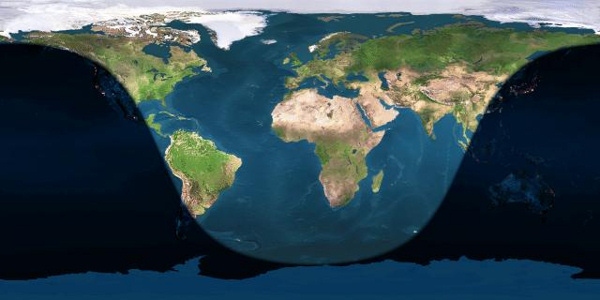
Day and night sides of Earth at instant of full moon (2013 June 23 at 11:32 Universal Time). In North America, the full moon is setting in the west at sunrise on June 23. From eastern Asia, it’s rising in the east at sunset. The full moon resides close to zenith – straight overhead – as seen from the Samoan islands in the central South Pacific Ocean. Image credit: Earth and Moon Viewer
How super is this supermoon? June 2013 presents the moon’s closest encounter with Earth until August 10, 2014, at which time the moon will be a scant 5 kilometers closer to Earth. The full moon will come even closer to Earth on September 28, 2015 (356,877 kilometers) and closer yet on November 14, 2016 (356,509 kilometers). November 2016 will feature the closest full moon until November 25, 2034! Maybe this helps you see that supermoons – while interesting – are fairly routine astronomical events.
Even the proximity of full moon with perigee isn’t all that rare. The extra-close moon in all of these years – 2011, 2012, 2013, 2014, 2015 and 2016 – finds the full moon taking place at or nearly the same hour as lunar perigee. More often than not, the closest perigee of the year comes on the one day of the year that the full moon and perigee most closely coincide. (See table below.)
Moon closest to Earth
| Year |
Date |
Distance |
2011 |
March 19 |
356,575 km |
2012 |
May 6 |
356,955 km |
2013 |
June 23 |
356,991 km |
2014 |
August 10 |
356,896 km |
2015 |
September 28 |
356,877 km |
2016 |
November 14 |
356,509 km |
How often is moon both full and closest to Earth? Closest full moons recur in cycles of 14 lunar (synodic) months, because 14 lunar months almost exactly equal 15 returns to perigee (moon’s closest point to Earth). A lunar month refers to the time period between successive full moons, a mean period of 29.53059 days. An anomalistic month refers to successive returns to perigee, a period of 27.55455 days. Hence:
14 x 29.53059 days = 413.428 days
15 x 27.55455 days = 413.318 days
This time period is equal to about 1 year, 1 month, and 18 days. The full moon and perigee will realign again on August 10, 2014, because the 14th full moon after the 2013 June 23 full moon will fall on that date.
Looking further into the future, the perigee full moon will come closer than 356,500 kilometers for the first time in the 21st century on November 25, 2034 (356,446 km). The closest full moon of the 21st century will fall on December 6, 2052 (356,425 km).
For the moon to come closer than 356,400 kilometers (221,457 miles) is quite a feat. In fact, this won’t happen at all in the 21st century (2001-2100) or the 22nd century (2101-2200). The last time the full moon perigee swung this close to Earth was on January 14, 1930 (356,397 km), and the next time won’t be till January 1, 2257 (356,371 km).
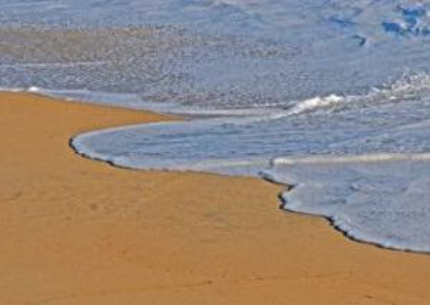
Will the tides be higher than usual? Yes, all full moons bring higher-than-usual tides, and perigee full moons bring the highest (and lowest) tides of all. Each month, on the day of the full moon, the moon, Earth and sun are aligned, with Earth in between. This line up creates wide-ranging tides, known as spring tides. High spring tides climb up especially high, and on the same day low tides plunge especially low.
Today’s extra-close full moon accentuates these monthly (full moon) spring tides all the more.
If you live along a coastline, watch for high tides caused by the June 23 perigee full moon – or supermoon – over the next several days. Will the high tides cause flooding? Probably not, unless a strong weather system moves into the coastline where you are. Still, keep an eye on the weather, because storms do have a large potential to accentuate high spring tides.
As a result, if you live near a coast, you’ll want to be on the lookout for higher-than-usual tides.
Because the moon – as always – shines opposite the sun in our sky at full moon, you’ll see the moon beaming all night tonight from dusk until dawn. This extra-close full moon is likely to usher in large tides along the ocean shorelines for the next several days, especially if these high tides are accompanied by strong onshore winds.
Bottom line: The full moon of June 22-23, 2013 is the closest and largest full moon of this year. By a new definition – one that has just entered the world of astronomy from astrology – many will call it a supermoon. There are three full moons in 2013 that meet the definition of a supermoon – May, June and July. But this June 22-23 full moon is the most super of the supermoons! A super-duper moon!
What is a supermoon?
Understanding the full moon
Each full moon has its own name. Here’s a list.
Looking for a tide almanac? EarthSky recommends . . .
Moon facts at your fingertips
Moon image at top of post: Alice Popkorn
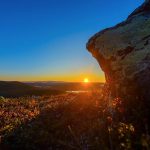
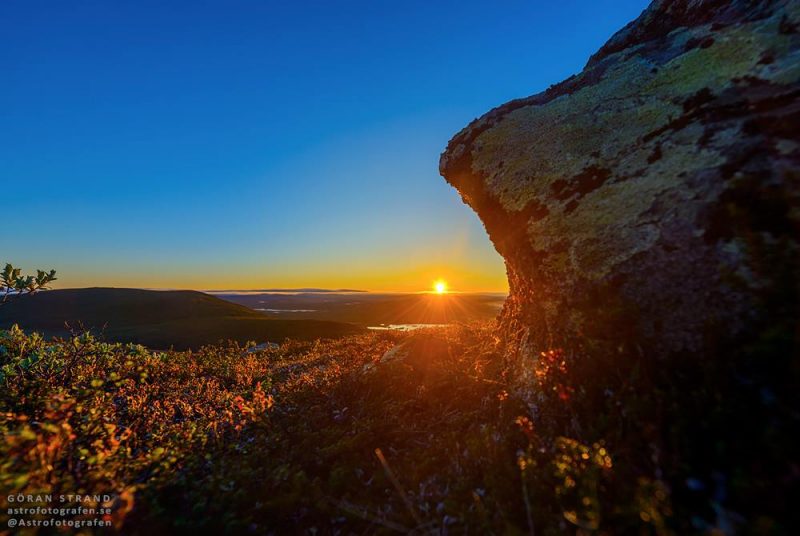

.jpg)






